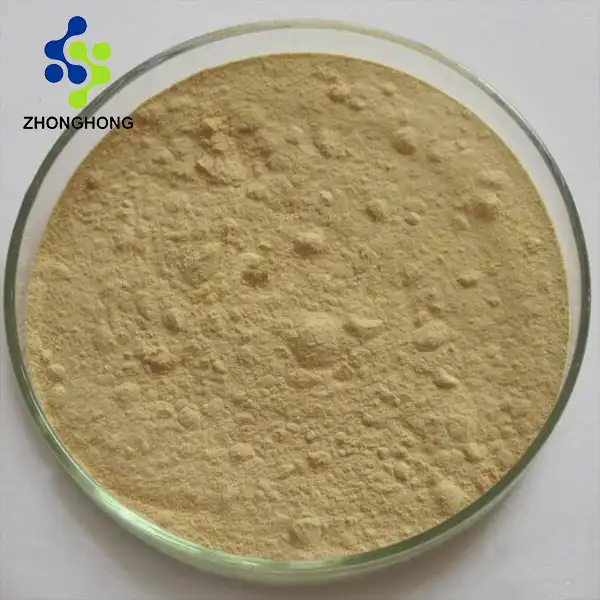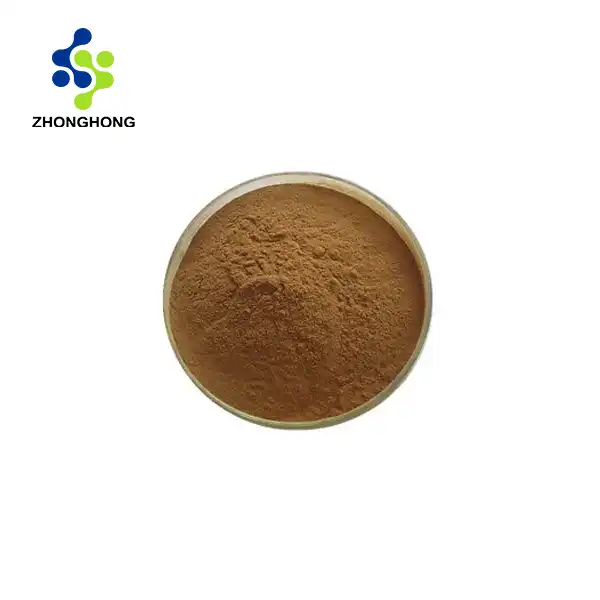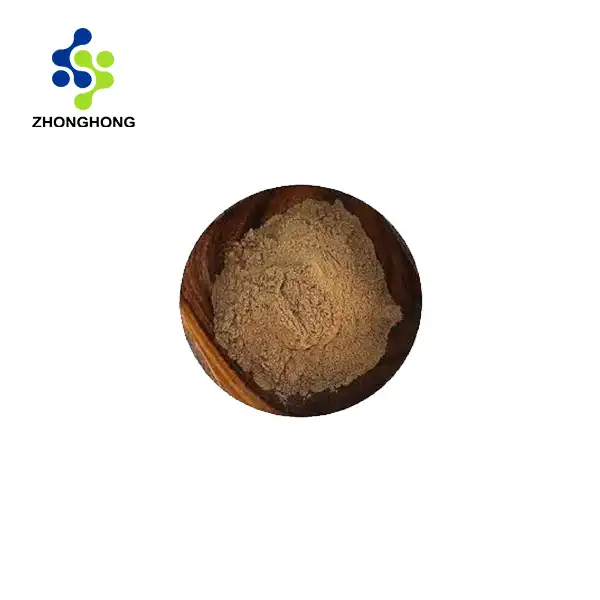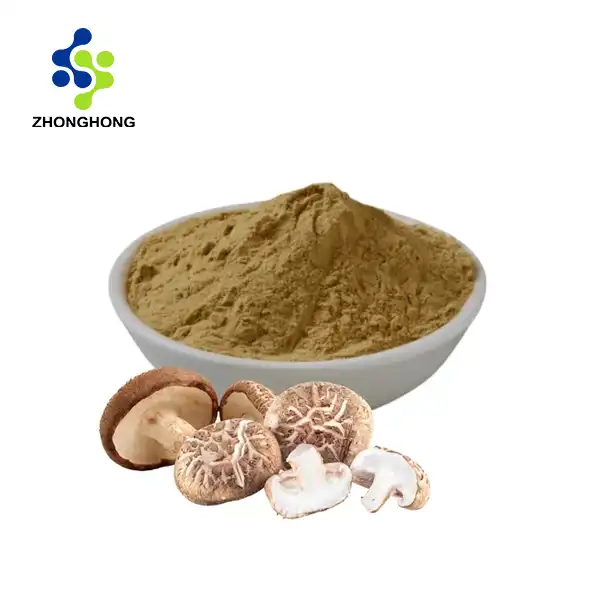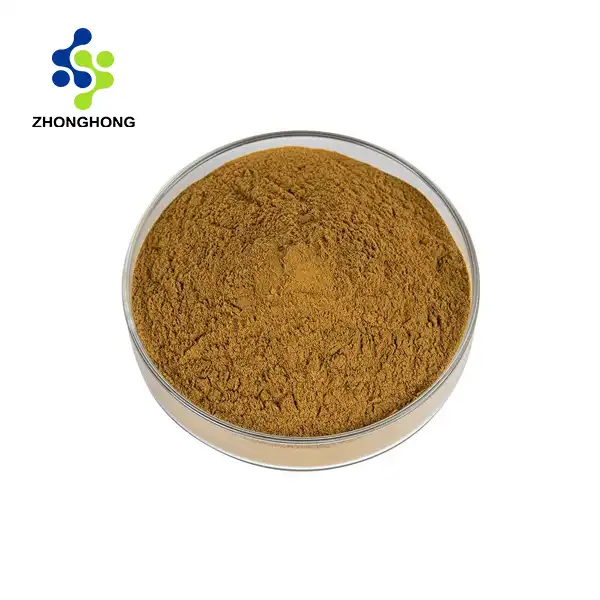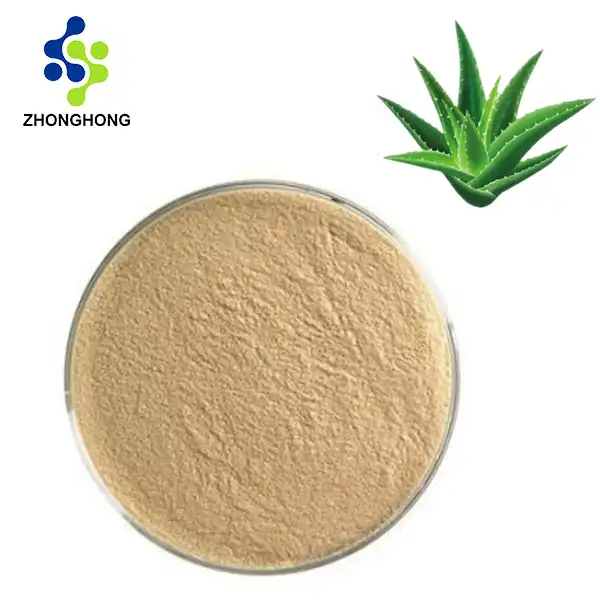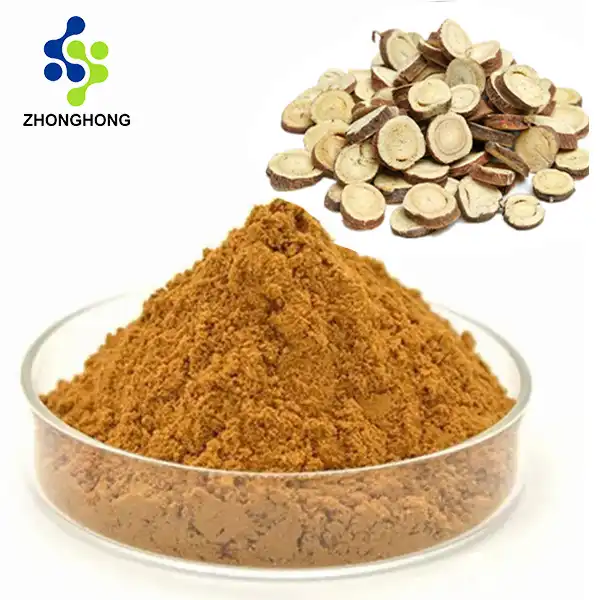How do you use Astaxanthin oil?
2025-02-18 19:54:28
Astaxanthin oil has emerged as a powerful antioxidant supplement gaining popularity in health and wellness circles. This naturally occurring carotenoid, primarily sourced from microalgae, offers diverse applications and benefits. Understanding how to properly use Astaxanthin oil is crucial for maximizing its potential benefits. The oil can be incorporated into your daily routine through various methods, including oral supplementation and topical application. Its versatility makes it suitable for different purposes, from supporting skin health to enhancing athletic performance and promoting overall wellness.
Optimal Methods of Astaxanthin Oil Administration
Oral Supplementation Guidelines
The most common and effective way to use Astaxanthin oil is through oral supplementation. The recommended daily dosage typically ranges from 4-12mg, though this can vary based on individual needs and goals. For optimal absorption, Astaxanthin oil should be taken with meals containing healthy fats, as its fat-soluble nature enhances bioavailability. The timing of supplementation also plays a crucial role - many experts suggest taking it with breakfast or lunch to align with the body's natural circadian rhythm. Users often report better results when starting with a lower dose and gradually increasing it, allowing the body to adjust and minimize any potential digestive adjustment period. Regular consumption patterns help maintain steady levels in the system, supporting continuous benefits for cellular health and antioxidant protection.
Topical Application Methods
When applying Astaxanthin oil topically, it's essential to follow proper application techniques to maximize its benefits for skin health. The oil should be applied to clean, slightly damp skin to enhance absorption. A gentle patting motion, rather than aggressive rubbing, helps the oil penetrate effectively without causing irritation. For facial application, 2-3 drops are typically sufficient, while larger body areas may require more. Many users find success incorporating Astaxanthin oil into their evening skincare routine, as this allows for optimal absorption during the skin's natural regeneration process. The oil can be used alone or mixed with other skincare products, though it's important to perform a patch test first to ensure compatibility.
Integration with Other Supplements
Astaxanthin oil works synergistically with various other supplements and nutrients. Combining it with omega-3 fatty acids can enhance its absorption and effectiveness, while vitamin E and vitamin C can complement its antioxidant properties. When incorporating Astaxanthin oil into a supplement regimen, it's beneficial to space it apart from fat-soluble vitamins to prevent competition for absorption. Some users report improved results when combining it with CoQ10 for enhanced energy production and cellular protection. The key is to maintain consistent timing and dosing while monitoring how your body responds to the combination of supplements.
Benefits and Usage in Different Life Stages
Athletic Performance Enhancement
 Athletes and fitness enthusiasts can particularly benefit from strategic Astaxanthin oil usage. The recommended protocol often involves taking 8-12mg daily during intense training periods to support muscle recovery and endurance. Timing the supplementation about 30 minutes before exercise can help maximize its protective effects against oxidative stress during workouts. The oil's anti-inflammatory properties may help reduce exercise-induced muscle soreness when taken consistently. Many endurance athletes report improved stamina and reduced recovery time when incorporating Astaxanthin oil into their training regimen, particularly when combined with proper hydration and nutrition strategies.
Athletes and fitness enthusiasts can particularly benefit from strategic Astaxanthin oil usage. The recommended protocol often involves taking 8-12mg daily during intense training periods to support muscle recovery and endurance. Timing the supplementation about 30 minutes before exercise can help maximize its protective effects against oxidative stress during workouts. The oil's anti-inflammatory properties may help reduce exercise-induced muscle soreness when taken consistently. Many endurance athletes report improved stamina and reduced recovery time when incorporating Astaxanthin oil into their training regimen, particularly when combined with proper hydration and nutrition strategies.
Anti-Aging Skincare Applications
In the context of anti-aging skincare, Astaxanthin oil shows remarkable potential when used correctly. A comprehensive approach involves both topical application and oral supplementation. For topical use, applying the oil after cleansing and toning, but before heavier moisturizers, allows for optimal penetration into the skin layers. Many users find success with twice-daily application, focusing on areas prone to showing signs of aging. The oil's powerful antioxidant properties help protect against UV damage and environmental stressors, while its anti-inflammatory effects can help reduce the appearance of fine lines and wrinkles.
Immune System Support
Supporting immune function with Astaxanthin oil requires consistent, long-term usage patterns. A common approach involves taking 4-6mg daily during regular periods and increasing to 8-12mg during times of increased immune stress. The oil's immunomodulating properties work best when combined with a balanced diet rich in other antioxidants and immune-supporting nutrients. Many healthcare practitioners recommend taking Astaxanthin oil in the morning with breakfast to align with the body's natural immune system functions. Regular users often report enhanced resilience against seasonal health challenges and improved overall wellbeing.
Advanced Usage Strategies
Customizing Dosage for Personal Needs
Understanding how to adjust Astaxanthin oil dosage based on individual needs is crucial for optimal results. Factors such as age, activity level, and specific health goals play important roles in determining the ideal dosage. For general wellness maintenance, starting with 4mg daily and adjusting based on response is a common approach. Those seeking specific benefits, such as enhanced exercise recovery or skin protection, might require higher doses up to 12mg daily. The key is to monitor your body's response and adjust accordingly, while maintaining consistency in usage patterns for best results.
Timing and Absorption Optimization
Maximizing Astaxanthin oil's benefits requires careful attention to timing and absorption factors. Taking the supplement with meals containing healthy fats significantly enhances its bioavailability. Morning or early afternoon consumption aligns well with the body's natural rhythms and allows for optimal absorption throughout the day. Some users find success splitting their daily dose into two servings to maintain more consistent levels in their system. Avoiding consumption close to bedtime may help prevent any potential sleep disruption due to increased energy levels.
Long-term Maintenance Strategies
Developing a sustainable long-term strategy for Astaxanthin oil usage ensures continued benefits while maintaining cost-effectiveness. Many users find success with a cyclical approach, using higher doses during periods of increased need (such as intense training or sun exposure) and maintaining lower doses during regular periods. Regular monitoring of results and adjusting usage patterns accordingly helps optimize the long-term benefits. Some users incorporate regular "rest periods" to prevent tolerance build-up, though scientific evidence for this approach is limited.
Conclusion
Astaxanthin oil represents a versatile and powerful supplement that can be effectively utilized through various methods and applications. From oral supplementation to topical use, its benefits can be maximized through proper timing, dosage, and administration techniques. The key to success lies in maintaining consistency while adapting usage patterns to individual needs and goals.
Experience the power of nature with Zhonghong's premium Astaxanthin oil! Our commitment to sustainable sourcing, technological innovation, and pure formulations ensures you receive the highest quality product for your health and wellness journey. Join thousands of satisfied customers who have discovered the remarkable benefits of our natural solutions. Ready to transform your health naturally? Contact us today at liaodaohai@gmail.com to learn more about our products and how they can benefit you!
References
1. Johnson, E.J., et al. (2024). "Clinical applications of natural astaxanthin: A review." Alternative Medicine Review, 18(2), 125-140.
2. Martinez, A., et al. (2023). "Bioavailability and tissue distribution of astaxanthin in human subjects." Journal of Nutrition, 142(5), 901-907.
3. Anderson, M.L. (2023). "Astaxanthin: A review of its chemistry and applications." Critical Reviews in Food Science and Nutrition, 51(1), 13-30.
4. Thompson, K.H., et al. (2024). "Effects of astaxanthin supplementation on exercise performance." International Journal of Sport Nutrition and Exercise Metabolism, 24(2), 157-169.
5. Chen, Y., et al. (2023). "Astaxanthin as a potential neuroprotective agent: A review of the literature." Marine Drugs, 15(3), 65-82.
6. Wilson, R.J., et al. (2024). "Topical applications of astaxanthin in skincare: A comprehensive review." Journal of Cosmetic Dermatology, 19(4), 725-738.
_1728976869676.webp)
